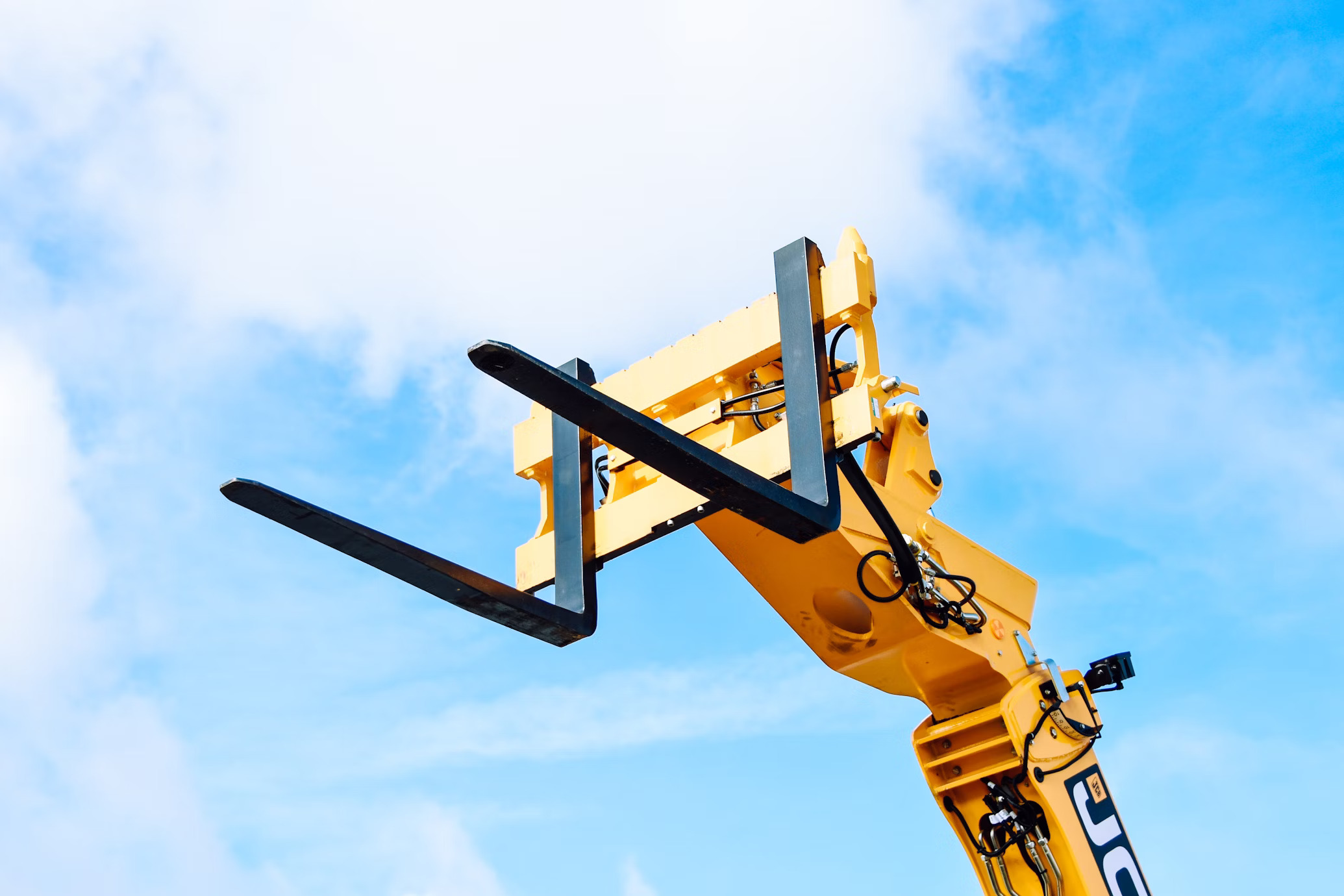Blog Lifting Machinery: how to use it safely
Lifting Machinery: how to use it safely
- machinerie de levage

12 July, 2024
To ensure a safe workplace, it is crucial to establish a series of safety precautions and procedures to prevent possible accidents that could cause damage or injury. Additionally, workers must be authorized and trained to use this equipment.
Here are ten types of precautions you should consider when using lifting machinery.
1. Check the Equipment Before Use
Before starting to use any equipment, you should inspect it and ensure it is functioning correctly. Have a lifting machinery inspection checklist with basic safety actions such as:
Ensure the machinery is complete, without any defects, and has all necessary protections.
Check the operation and emergency controls, engine condition, fluid levels, tire condition, etc.
Make sure the equipment is stable and in a location that poses no risk to workers.
If there is any fault, report it so it can be repaired immediately.
2. Ensure Operators Are Trained
It is essential that workers have the necessary training and authorization.
Regular safety training, especially when new equipment is introduced, will reduce risks and accidents. Additionally, workers should not suffer from metabolic, mental, neurological, or cardiovascular disorders that could cause vertigo or dizziness.
Training should be an ongoing process to ensure the equipment operates safely, effectively, and efficiently.
3. The Load Weight Must Match the Machinery
Ensure the load to be lifted is well-distributed and that the equipment used matches the weight and load, being sufficiently robust, stable, and suitable for use.
4. Perform Regular Inspections and Maintenance
It is crucial to inspect lifting machinery and its accessories before first use. Additionally, lifting equipment should be reviewed at the specified intervals indicated in regulations or according to an inspection plan, during repairs, and during scheduled maintenance.
The company should provide a safe workplace and a competent system. Create a safety inspection checklist for lifting equipment and identify critical features where deterioration could pose a risk.
5. Use Appropriate Personal Protective Equipment (PPE)
When performing any work at heights greater than 1.8 meters, using Personal Protective Equipment (PPE) is mandatory.
There are various individual protection items such as helmets, boots, gloves, glasses, safety ropes, etc. You should assess the characteristics of the work environment and the lifting machinery to choose the equipment that best suits the workers' needs.
Important: The equipment you choose must comply with current regulations.
6. Evaluate the Workplace Condition
Assess workplace risks before using the platform and the condition and leveling of the ground where the platform will move, such as its inclination. Also, it will be necessary to evaluate the condition of the tires.
Do not use it near power lines or in areas where there is a risk of fire or explosions, such as gas stations or places with flammable products.
7. Use High-Quality Overload Protection and Monitoring Systems
Using overload protection and monitoring systems in lifting machines prevents accidents due to misuse of the machinery.
The appropriate systems must be in place for the task and must fit the equipment. This ensures worker safety and prolongs the machinery's lifespan.
8. Ensure Machinery Is Properly Marked
Visibly marking the equipment with the appropriate information is crucial for safe use. All accessories should also be marked.
9. Do Not Stand Under the Load
It may seem obvious, but it remains a common risk among workers when handling lifting machinery. Standing under the load is a serious risk, and there is a higher chance of being struck by something being lifted.
Always maintain a safe distance from the moving load to avoid risks and be able to control the situation in case of equipment failure or other problems.
10. Do Not Manually Adjust the Load
Never move or reposition the load manually, especially if it is in motion. Good lifting machinery will adapt to any movement the material makes and should lift and position the load precisely.
Lifting machinery helps operators perform their tasks safely and easily using controls adapted to its operation.
In short, having good lifting machinery helps reduce worker risks and complete each project safely. At CYCLICA, we offer many options so you can choose the one that best suits you. Choose yours now!
